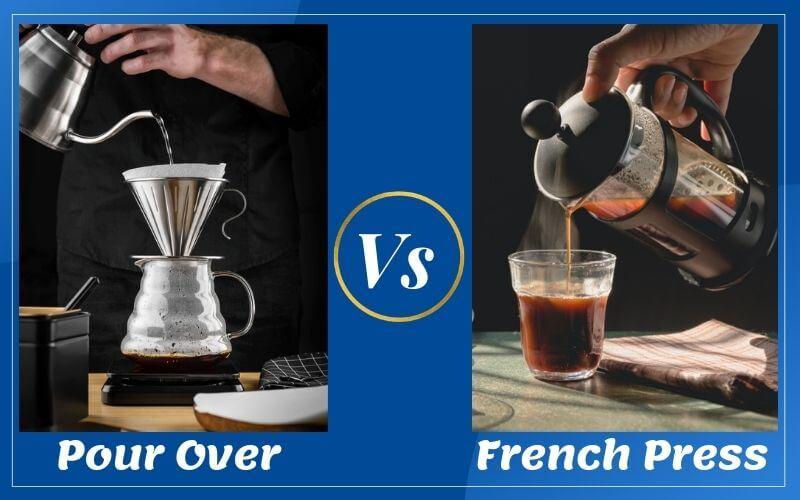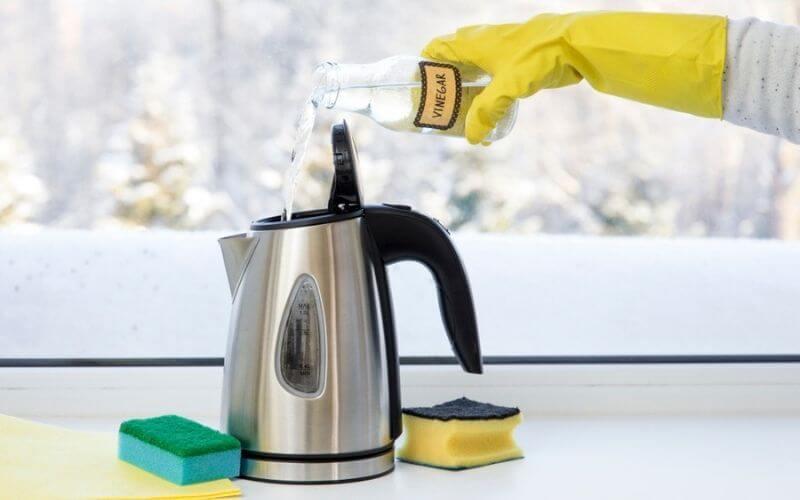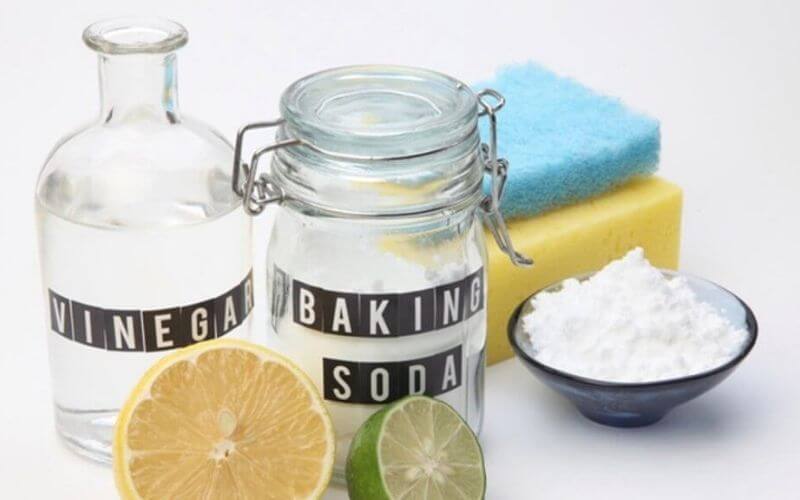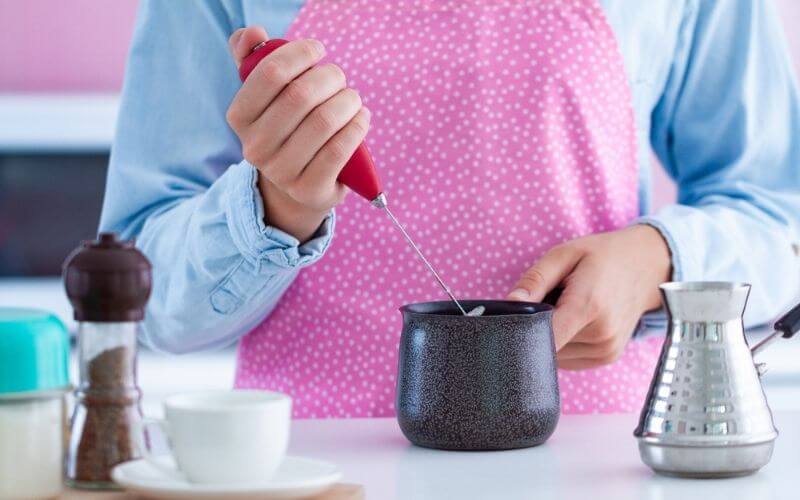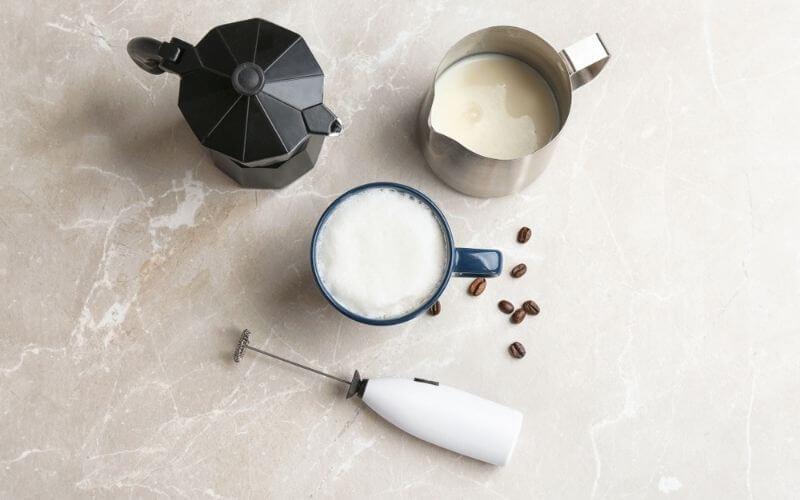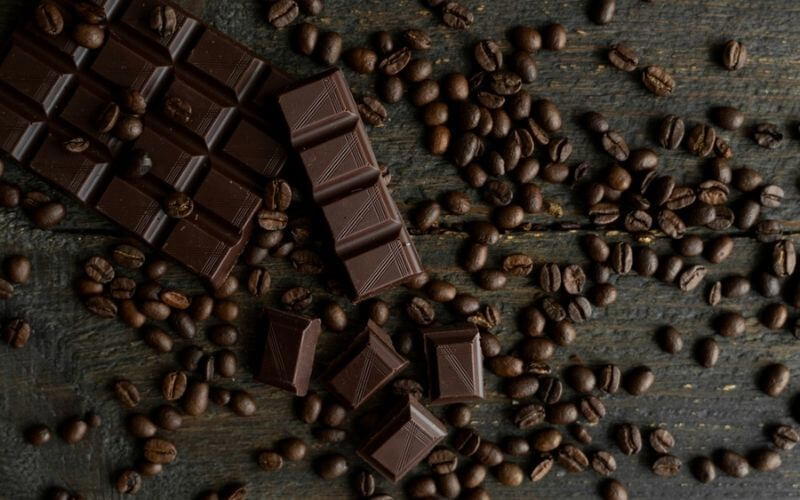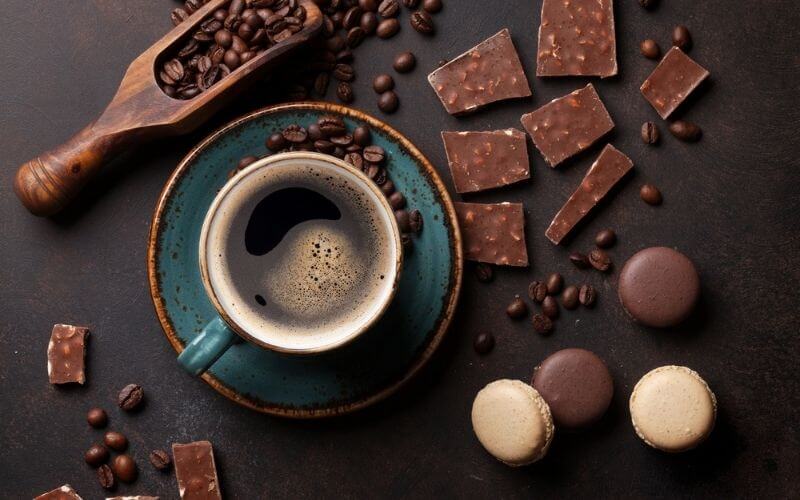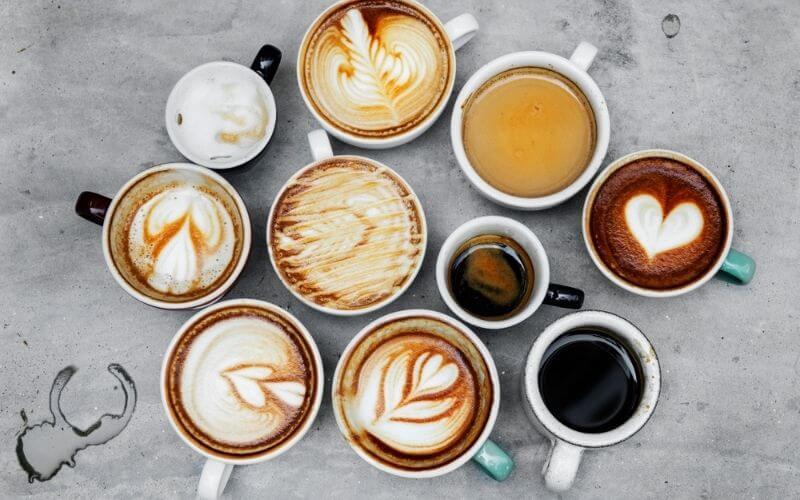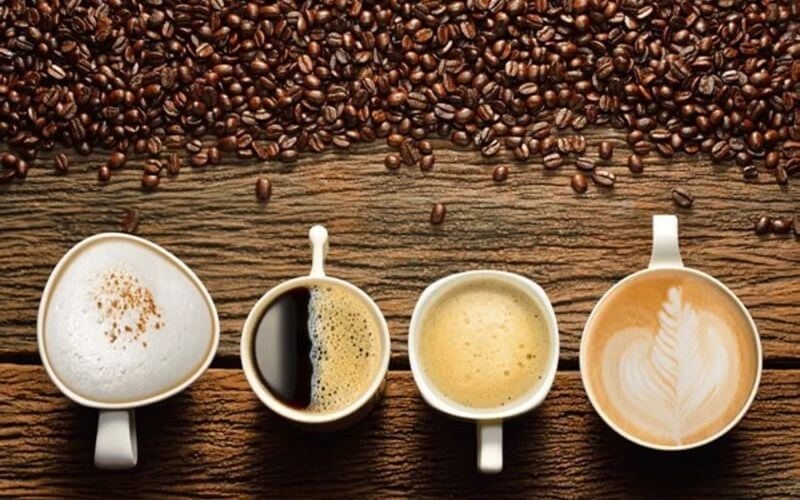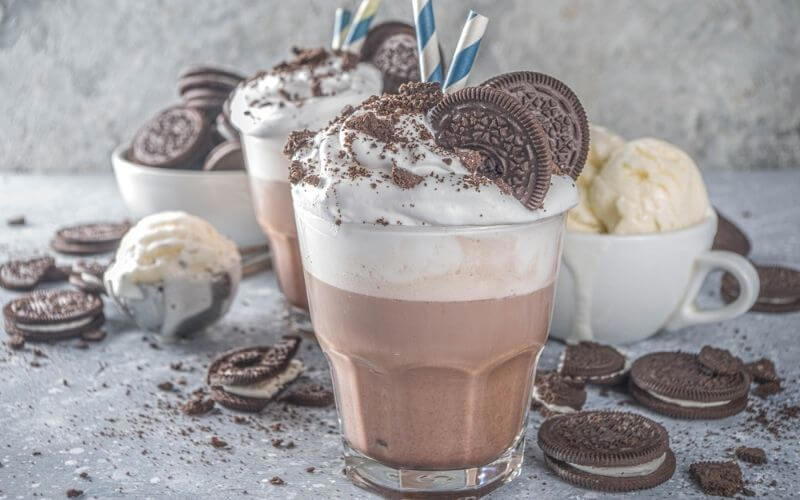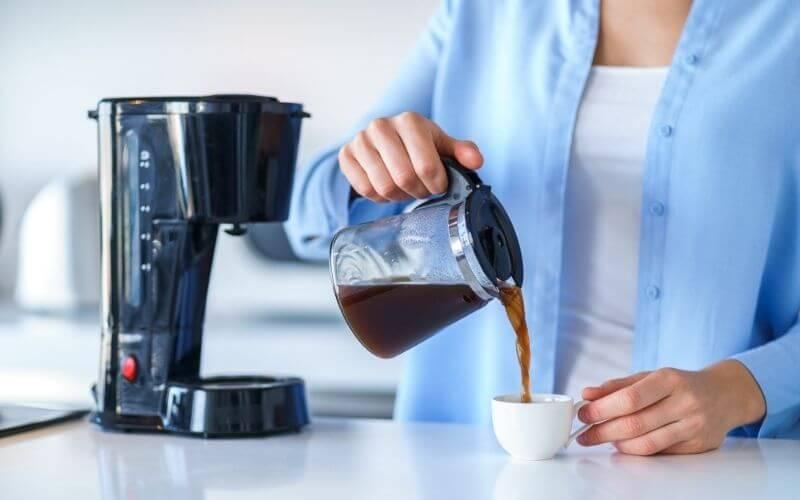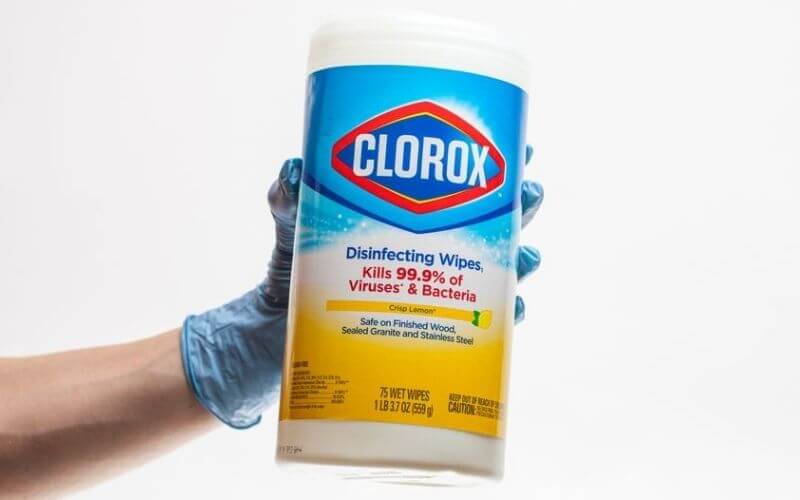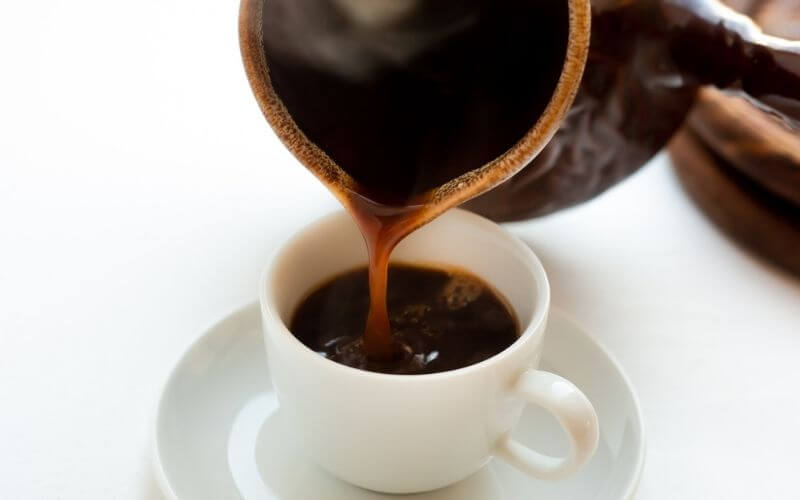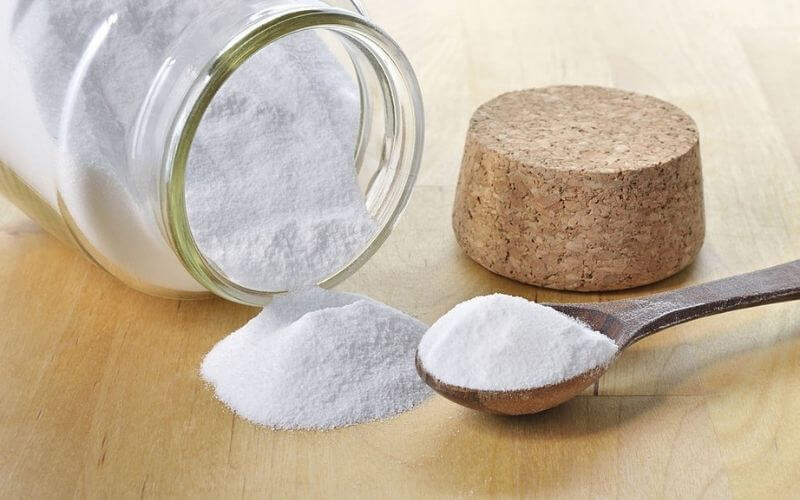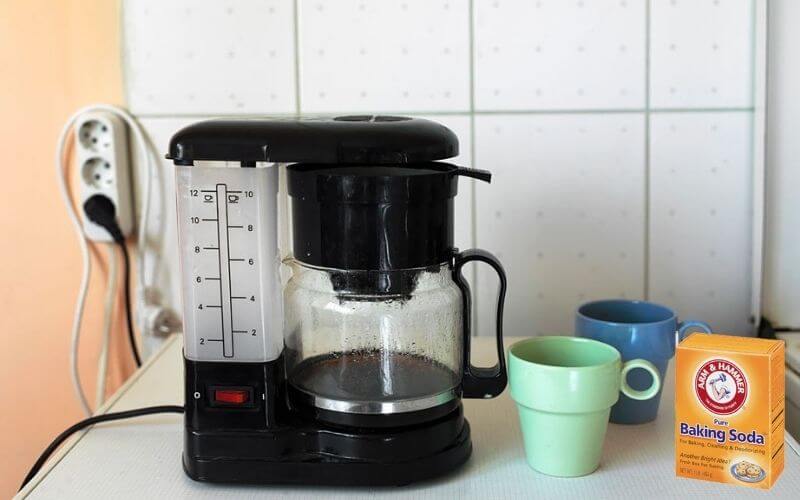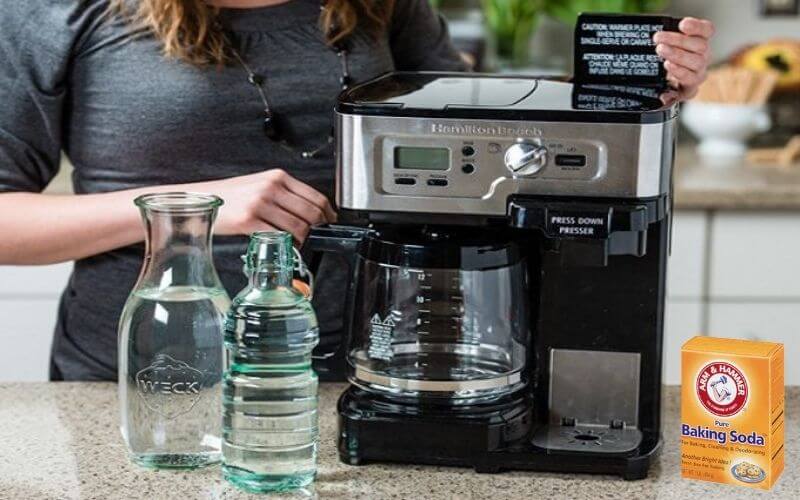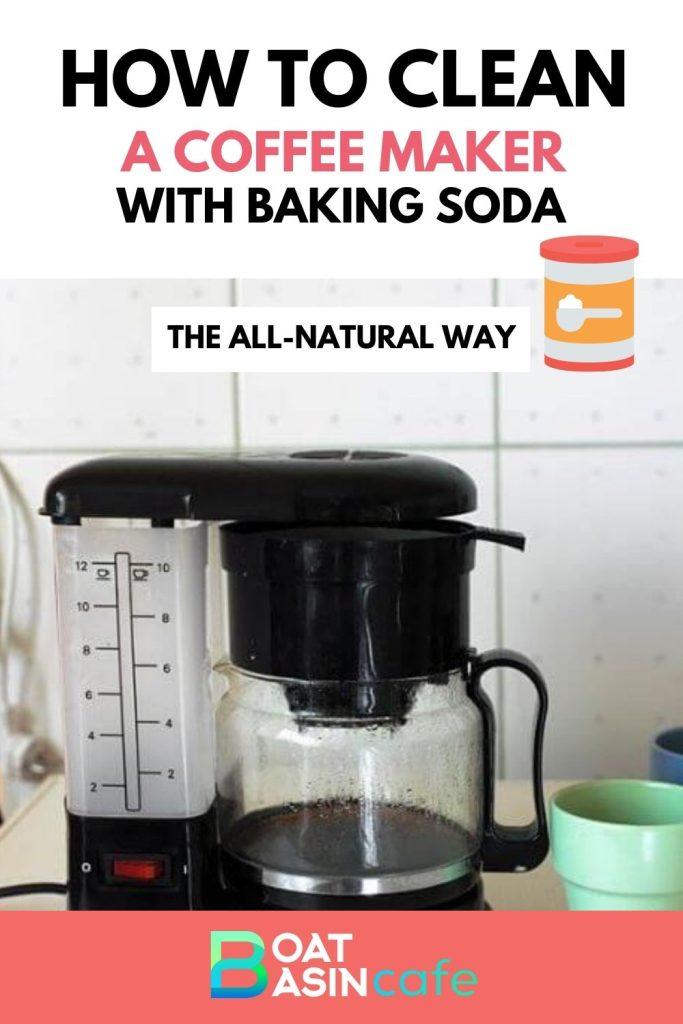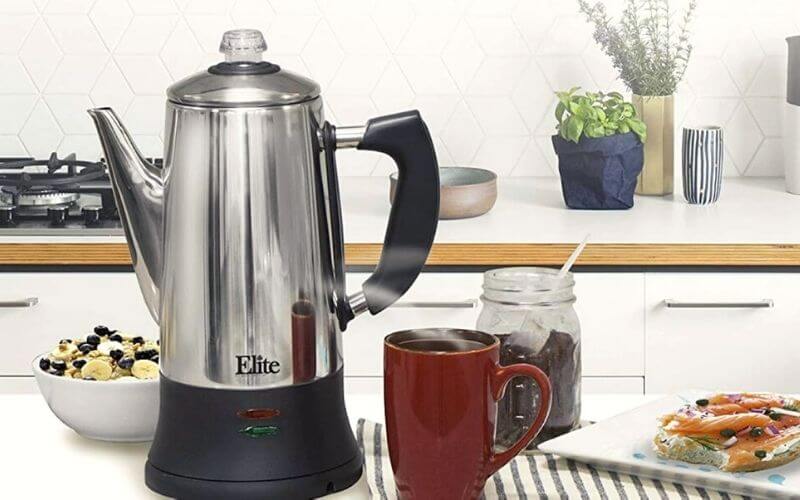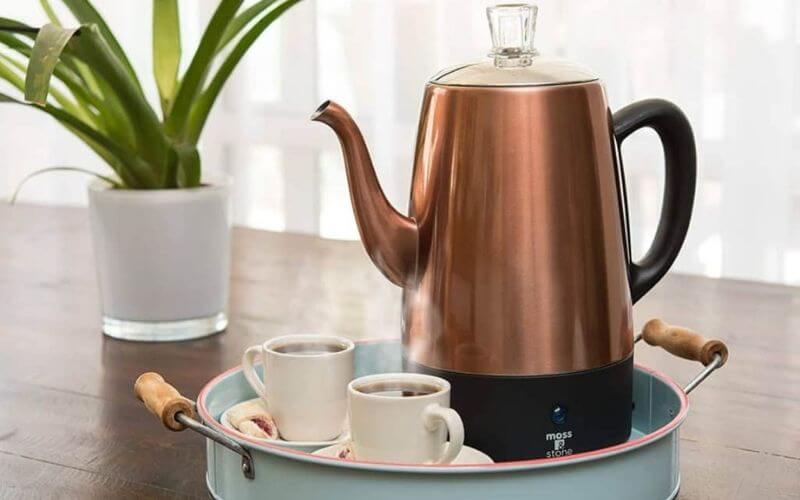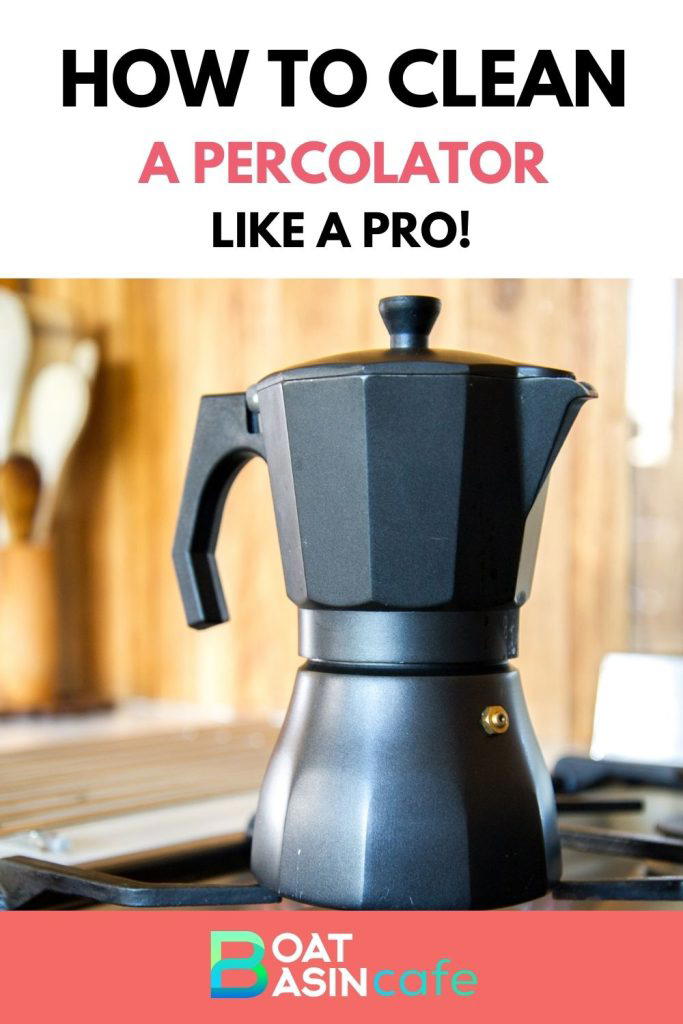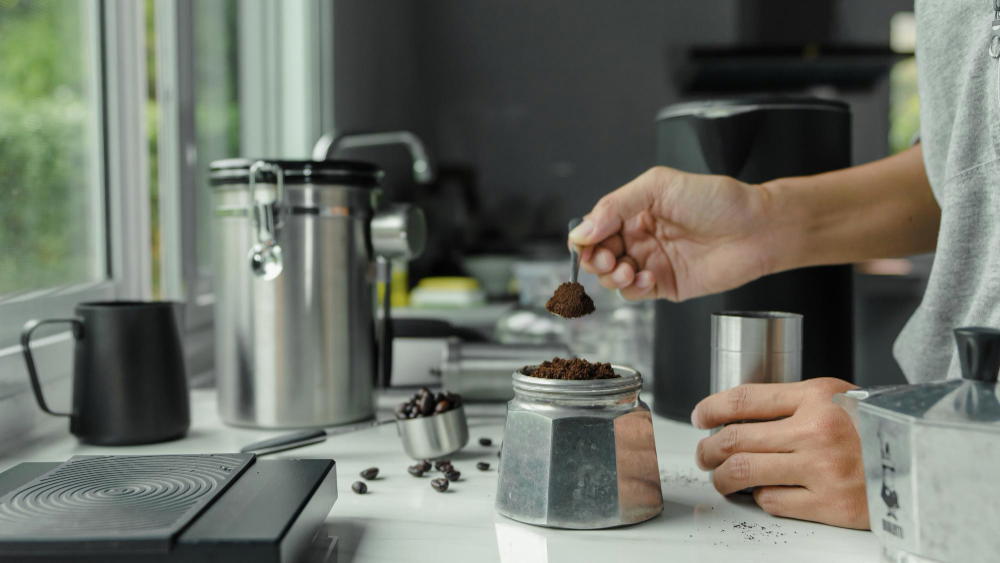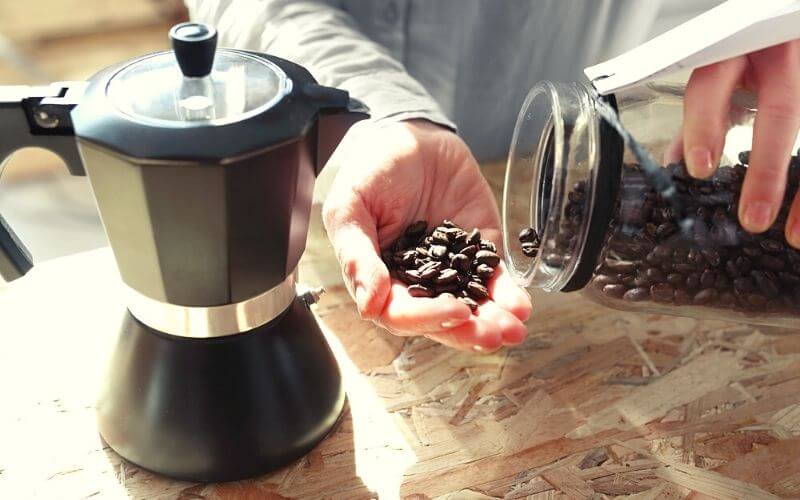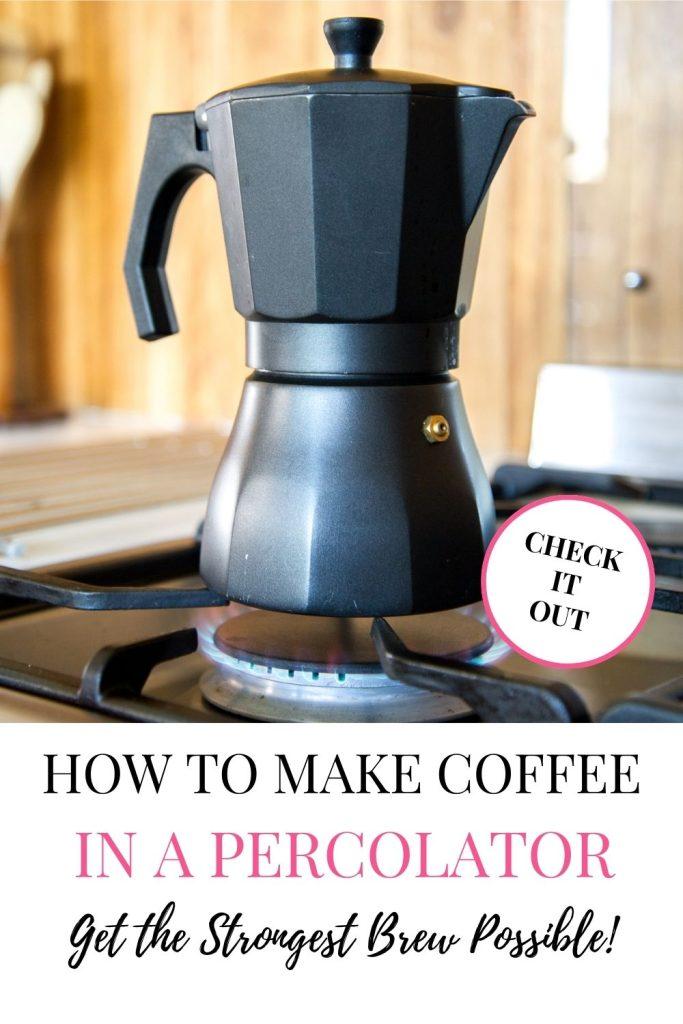Have you had enough of the nasty swamp water coffee from the old coffeemaker you pinched from your parent’s house?
Want to set up a home café at an affordable price? Yes, I said affordable. You don’t need a fancy espresso machine to make good coffee at home. There are plenty of other ways to make a great-tasting cup of joe.
What you do need are great coffee beans, whole milk or plant-based creamers, syrups and sweeteners, and optional toppings like sweet foam, chocolate shavings, and sauces.
A high-quality coffee grinder is also necessary. You also need some kind of brewer that will extract the most caffeine and flavonoids from your coffee.
The last point is where most people go wrong. Because most people can’t afford an espresso machine, they stick to subpar drip coffee makers, not realizing there are lots of great inexpensive brewers.
In today’s article, I’m going to look at two of these brewing methods. I will examine pour over and French press brewers, how they work, the quality of their brew, and which method is better. Once you’re through, you will be sure to pick the right brewer for your home!
Pour Over Brewing
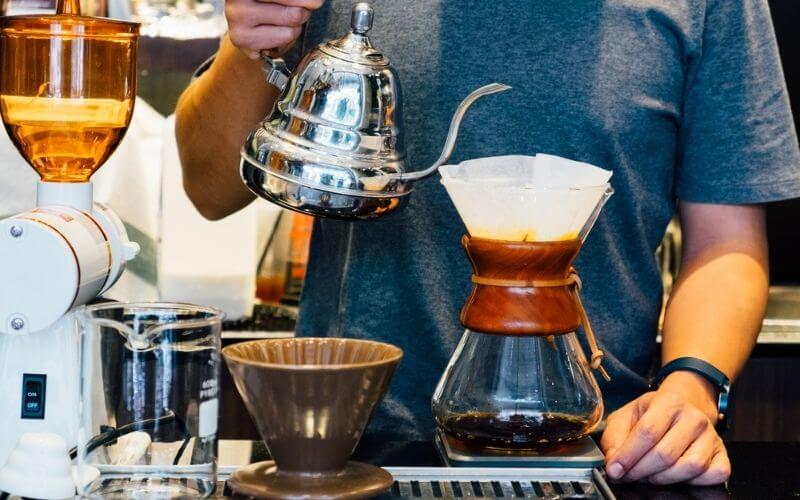
The idea of pour over coffee involves pouring hot water over coffee grounds and allowing it to steep. The grounds are placed in a cone-shaped component (a lot like a funnel).
The grounds are then wet in 2 or 3 additions. There is a filter in the cone-shaped component which allows the grounds to be soaked in a circular motion, which removes constant contact with the grounds.
The result? A much smoother coffee without bitterness or overwhelming notes. The best temperature for pour over coffee falls within 195 to 205F, as anything above this temperature can over-extract the coffee, making it taste bitter.
Want to know the best way to make pour over coffee? Start with light roast coffee beans. The best coffee grind for pour over brewing is a medium-fine grind. Then follow these instructions:
- Heat your water to 205F. To do this, bring it to a boil in a goose-neck kettle and let it sit for 30 seconds.
- Then unfold a coffee filter, fold it into a 3-sided cone shape and insert it on top of your brewer.
- Pour a little hot water around the inside of the filter for about 5 seconds. Keep the filter in place and discard the water. This step seals the filter to the brewer and prevents your coffee from tasting like paper.
- Pour 5-7 tablespoons of ground coffee into the filter and gently shake the brewer once or twice to get the grounds to settle in the filter.
- Slowly pour just enough water over the grounds to wet them evenly, around 70 grams or just over half a cup. Let it sit for 45 seconds (use a timer for the best results). This step ‘blooms’ the coffee.
Hot water forces the coffee to release trapped gases, which causes the grounds to expand, bubbling at the surface, and infusing the air with that lovely coffee aroma we all love. - Next, keep pouring water slowly in a circular motion. Avoid pouring the water right in the center or around the edges of the filter.
If you think the filter will overflow, stop for a few seconds and wait for the water level to subside. Pour water for 2 minutes or until you add 2.5 cups to the brewer. - Let all the water drain through the filter. Remove the filter from the brewer and throw away the grounds. The total brewing time for the pour over coffee method is 3 minutes.
Amazon Product Recommendations:
Not sure where to start getting pour over coffee equipment? I’ve got you covered!
- Bodum Pour Over Coffee Maker: This is a good option if you want to make enough coffee for just 2 people. It is sturdy, brews rich and flavorful coffee, and will look great in your kitchen!
- CHEMEX Pour-Over Glass Coffeemaker: Want to make coffee for a crowd? Chemex never fails to please, and this brewer will concentrate on the best flavor. Best of all, it will last for ages.
- Hario V60 Ceramic Coffee Dripper: If you end up making a single cup of coffee pour over like me, this brewer will be an indispensable tool. Besides that, it looks cute, comes in many different colors, and can be set over your coffee cup, minimizing clean-up.
The Pros:
- Makes a robust and hearty brew every time.
- Coffee will taste smooth, with no bitterness.
- The method is relatively straightforward and easy.
- Brewing equipment is pretty inexpensive.
The Cons:
- Coffee won’t be as strong and intense for some people.
French Press Brewing
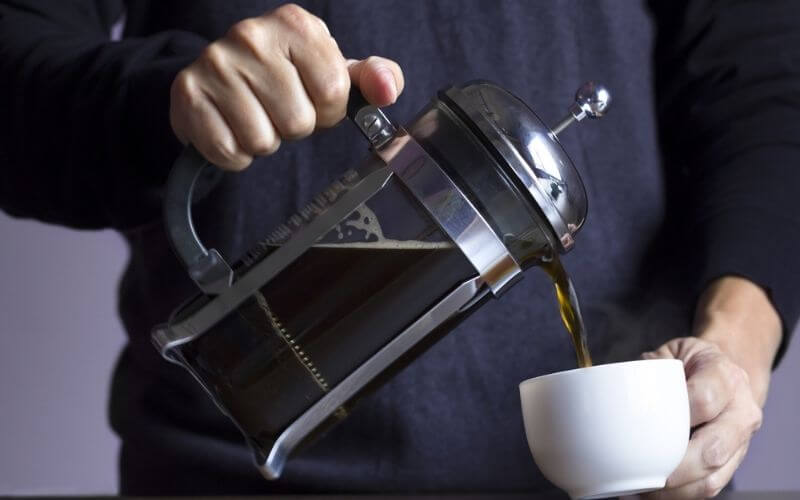
This method is a personal favorite. A French press (also known as a cafetiere/coffee press), is made of 3 parts: the open-topped carafe, a stainless-steel filter, and a plunger. It has an extremely simple brewing method; simply add your coffee grounds to the carafe and pour hot water letting it steep.
Then, push down the plunger, separating the brewed coffee from the used grounds. After that, you just need to pour the coffee into your cup and add whatever you want to it. The ideal water temp for the French press is 195F.
When brewing with a French press, use a coarsely ground medium-dark roast coffee for a cup of joe that is rich and intense.
Why use a French press? It makes a strong cup of coffee that tastes amazing every single time. In fact, French press coffee is pretty comparable to the stuff brewed in an espresso machine!
Follow these steps to make a wonderful cup of French press coffee:
- Preheat your French press. Add your boiling hot water to the carafe, let it sit there for a minute, and swirl it around a little. Then discard the water.
- Weight or measure out your ground coffee. You will need a large tablespoon (around 8 grams) of coffee for 200ml of water.
- Add your coffee grounds and hot water to the carafe.
- Cover the carafe with the lid and set a timer for 4 minutes. The French press time to brew shouldn’t exceed this time, or else your coffee will taste bitter.
- Once this time has passed, slowly push the plunger down. Make sure you push it down all the way, or your coffee will be over-extracted.
If there is a lot of resistance when you push, then the grounds are too fine. If it is pushed down too easily, then they are too coarse. - Transfer the brewed coffee into another carafe or coffee pot. Then, serve individual cups and add your sweetener and dairy.
How long to French press? Some people suggest blooming the coffee first, for 30 seconds. Others say it’s alright to skip this step. Either way, try to keep the total brewing time to 4 minutes.
Amazon Product Recommendations:
This little guide will set you in the right direction when buying French presses. Whether you are new to this kind of brewing, or you’ve been doing it for ages, you can’t go wrong with these brewers!
- Bodum Brazil French Press Coffee: This brewer can hold 34 ounces of coffee and looks sleek and elegant. But what sets it apart is that it is easy to clean and use. You can also use it for steeping tea.
- Mueller Double Insulated French Press: It is one of the best French presses out there, and gives you a great brew at an affordable price. Best of all, the double insulation will keep your joe nice and hot as it brews.
- KONA French Press Coffee Maker: Want a snazzy brewer to make your coffee? This attractive brewer extracts all the lovely essential oils from your coffee grounds and makes a strong and aromatic cup of coffee. Best of all, it will last for years!
The Pros:
- Strong and bold flavor profile.
- Can customize the brew strength by altering steeping time.
- Inexpensive equipment.
- Easy to use and assemble.
- The coffee taste will be consistently smooth and rich.
The Cons:
- Cleaning can take some time and effort.
- If your coffee is ground too finely, the brew will feel gritty.
Pour Over vs. French Press: How are They Different?
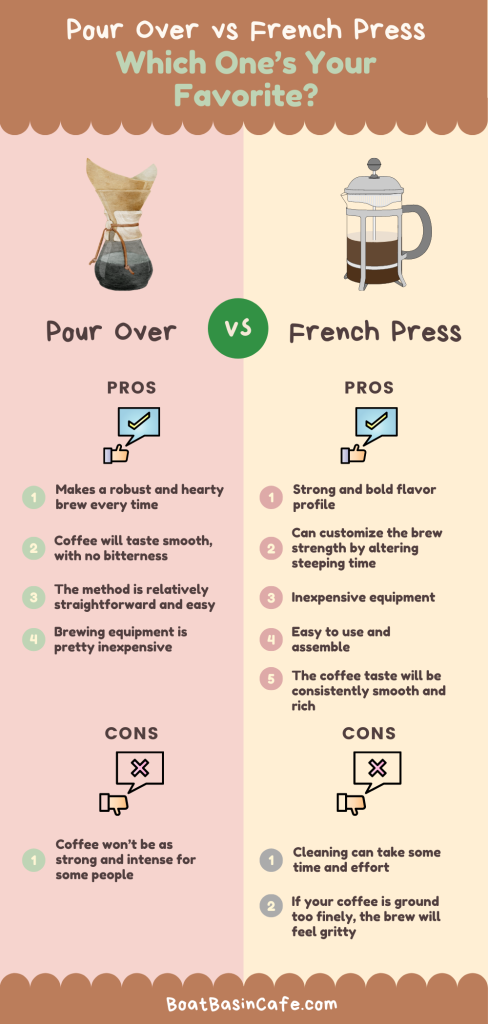
Now that you know all about these two methods, let’s see how they differ.
Brew Time:
While the two have similar brew times, the total brew time for pour over coffee is 3 minutes. On the other hand, you should brew coffee in a French press for 4 minutes in total.
Brew Method:
Pour over coffee extracts coffee from the grounds through infusion, a bit like steeping tea. However, French presses use immersion to extract the coffee compounds from the ground beans.
Taste:
Because the two brewers use different methods to extract the coffee, the resulting brew will also taste different. Pour over coffee has a lighter flavor profile and is milder in terms of strength. In contrast, French presses produce a stronger brew, with a robust and full-bodied profile.
Kind of Coffee Used:
The two brewing methods also work best with different kinds of coffee. Pour over coffee makes the best cup of joe with a light roast coffee that is ground to a medium-fine consistency.
French presses work best with a darker roast, ground to a coarse texture. This is because a fine coffee grind can escape the filter and leave a gritty taste in your beverage.
While the 2 methods are different, in the end, it is a matter of personal preference and lifestyle. If you don’t mind a slow and leisurely brewing method that you have to keep an eye on, you will prefer the pour over method.
On the other hand, if you don’t want to babysit your brewer, using a French press is a better option. As long as you don’t mind a bit of extra cleanup!
Where to Buy Pour Over Brewer and French Presses
[amazon box=”B01LQ2PZDW,B000KEM4TQ”]
The good news is that the tools to make pour over coffee and French presses can be found anywhere. The most common place to start looking is with online retailers like Amazon. You can also find them in chain stores like Target, Home Depot, Walmart, and others like it.
If you look around, you will also find coffee shops that sell brewing equipment. Even places like thrift shops often have high-quality brewing equipment at a very affordable price.
Got More Questions?
Below you will find answers to questions people often have about pour over and French press coffee.
01. Does Pour Over Coffee Better Taste Than French Press Coffee?
Pour over coffee is smoother and lighter than French press coffee, so people who like a milder brew will prefer it to coffee brewed by a French press.
02. Why is French Press Coffee Bad for Me?
French press coffee is seen as unhealthy as it doesn’t filter out cafestol which is a kind of ‘bad’ cholesterol. However, you can use paper filters to get around this issue or limit the amount of coffee you consume.
03. Is Pour Over Coffee Really Better?
If you like your coffee black, you will prefer pour over coffee as it has a smooth and clean taste. This method of brewing also allows the more delicate notes of the coffee to shine through.
04. Does French Press Coffee Have More Caffeine?
French press coffee is among the strongest caffeinated drinks out there, with 107.5mg of caffeine per 8 ounces. This makes it even more caffeine-dense than espresso.
05. What Is So Special about French Press Coffee?
Most French presses use stainless steel filters, which preserve many of the flavors and notes. Paper filters also trap a lot of the essential oils which give coffee its flavor. French press brewing also allows these oils to filter into the brew.
06. Is French Press Coffee Smoother?
Thanks to the immersion process, the coffee extracted from a French press will be richer, stronger, and smoother.
07. Should I Stir French Press Coffee?
After adding the hot water to the coffee grounds in the French press, you need to stir the mixture to make sure all the grounds are soaked and there are no clumps.
08. How Does a French Press Work?
A French press works by brewing the coffee in the carafe and using the plunger to separate the brewed coffee from the used grounds.
09. What Is the Best Pour Over Coffee Water Temp?
The best temperature for brewing pour over coffee falls within the 195 to 205F range.
At the End of the Day
Coffee is a pretty subjective topic as two people can have wildly differing tastes when it comes to their cup of joe. This article tries to give you a balanced view of two brewing methods, how they work, and the kind of coffee you can get from them.
Which side of the pour over vs. French press debate you end up in depends on many factors; most notably how you like your coffee, and how much effort you want to put in the brewing process.
With all that being said, are you planning on buying a French press or a pour over brewer?
